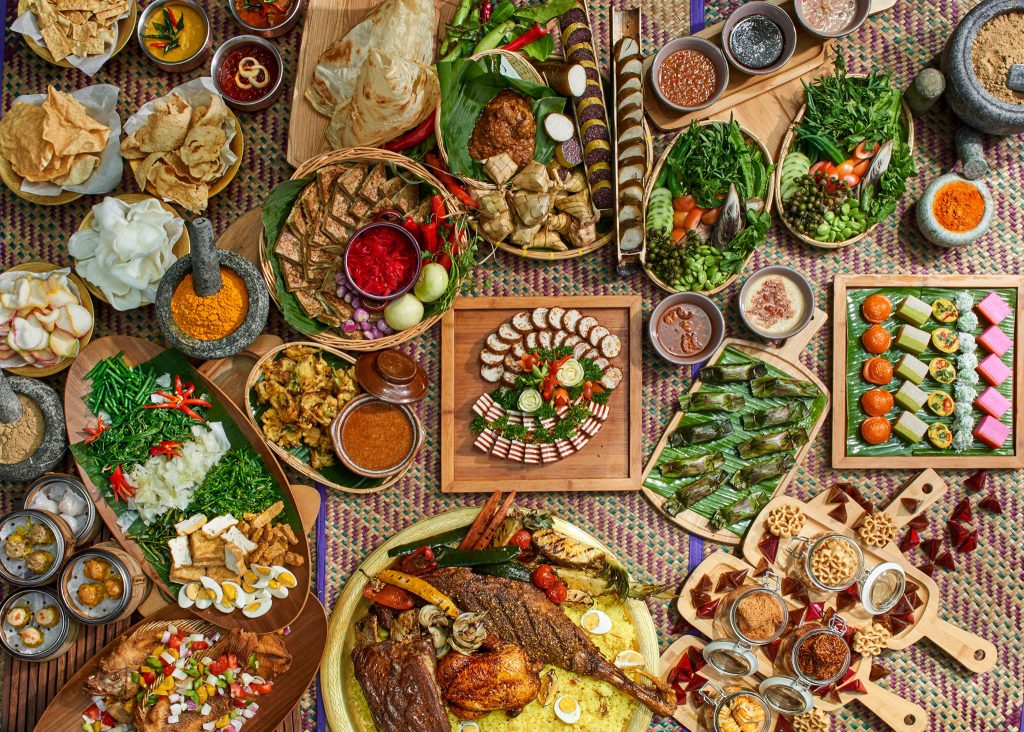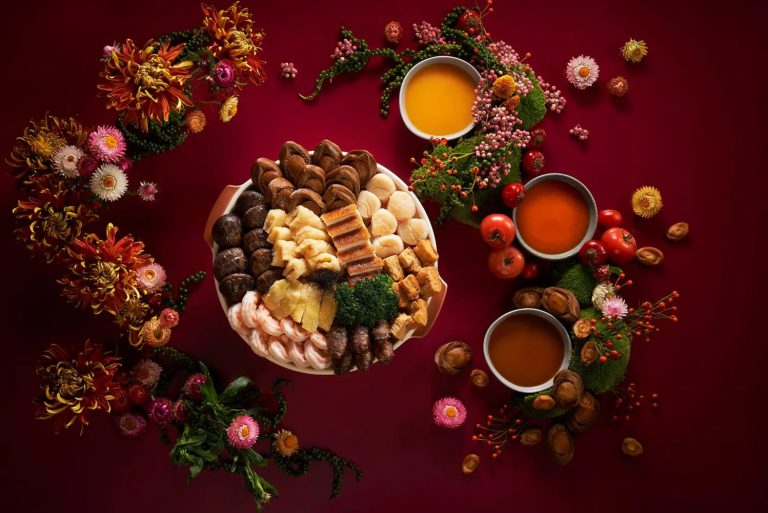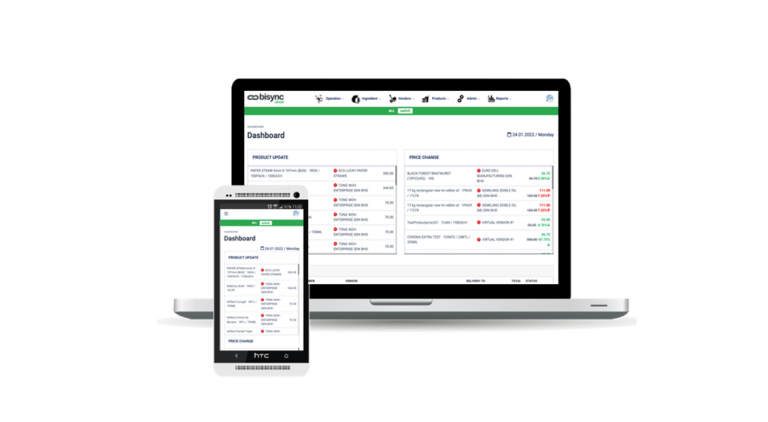Your restaurant’s menu is not just a list of food, it is also your best marketing tool. The very thing that introduce customers to your brand and getting them excited for your unique taste.
The average customer spends 109 seconds studying your menu. That’s almost two minutes going over each description and detail, so how can you make that time count?
It can also be the end result of intricate pricing strategy and food cost considerations, ensuring each plate is contributing to your overall profitability targets. How intentional are you being with your menu items and their pricing?
Menu engineering is an effective, scalable process for balancing your menu between popularity and profitability. The goal is to harmonize costing and pricing information with your restaurant vibes and brand.
Keep reading to learn how menu engineering can help you achieve this balance. See how successful menu engineering analysis can establish profit benchmarks while informing your design and layout decisions.
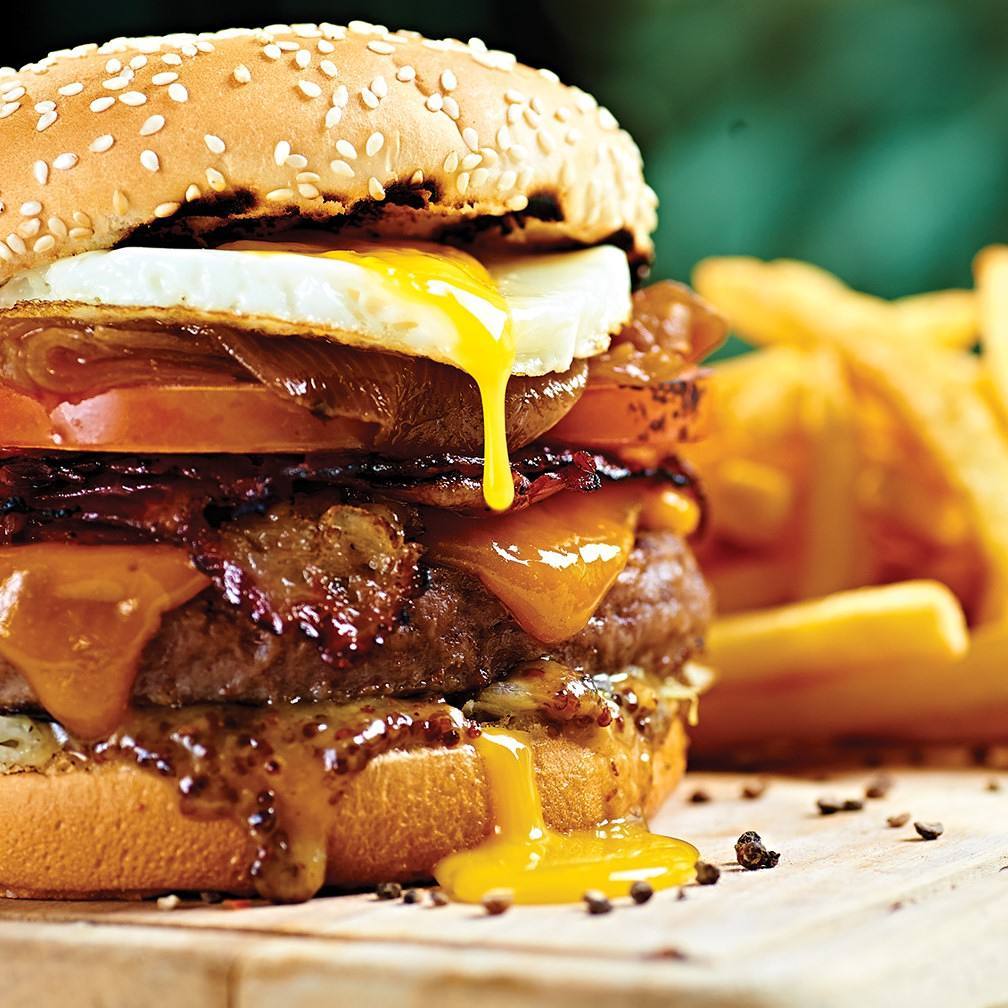
As inflation soars post Covid-19, it’s again more important than ever as supply chains remain volatile and sufficient restaurant labour remains elusive.
All these challenges have forced many restaurants to scale down their menu to the most popular and profitable products – known as the minimum variable menu, or MVM.
The MVM is a condensed menu positioned to satisfy and delight customers while protecting profitability and shrinking your kitchen’s inventory. It’s a form of restaurant menu engineering that enables operators to provide popular items that drive profits at lower than average customers and revenue. And because you’re prioritizing dishes that are lower-cost and higher-margin, your menu is more efficient in generating profits.
Menu engineering cna help you figure out what is price menu items and where these prices should be higher or lower to account for additional costs.
Ongoing menu engineering has the potential to increase restaurant profits by 10 – 15 %.
Menu engineering helps restaurants by:
- Eliminating poor-performing items from the menu, helping your food costs.
- Highlighting your more profitable menu items.
- Creating a system for regular analysis of your menu, keeping it optimized to help make your restaurant money.
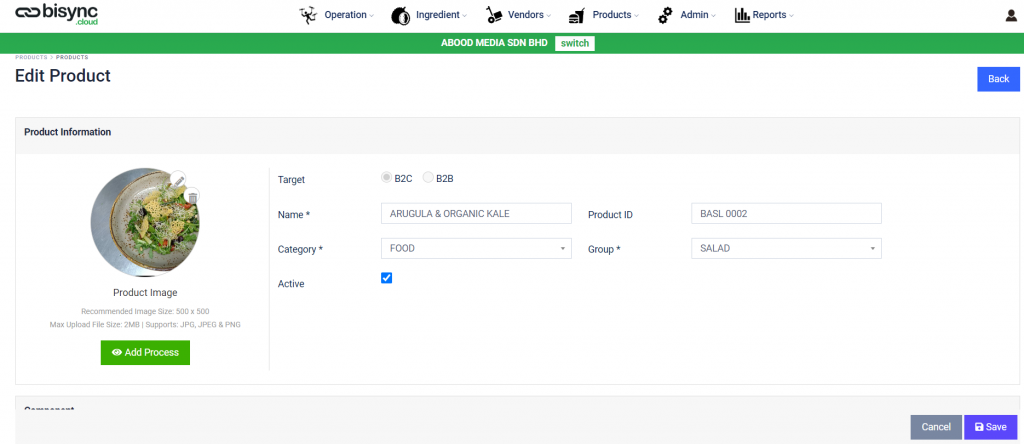
That’s where a system like Bisync comes in, as a robust inventory management system with build-in procurement and menu management. It is designed to help you look at your restaurant’s operation on a macro scale. Using reports from your POS to identify the stars of your restaurant and the least performing items.
You can use the system to drill down to your COGS and work on the micro level, to see what works and what does, which has a higher cost due to the supply chains involved and which needs to be corrected.
Even when you want to test out some new items, the AI behind Bisync is there to help you build and formulate what you want before you even head into the kitchen to build it.
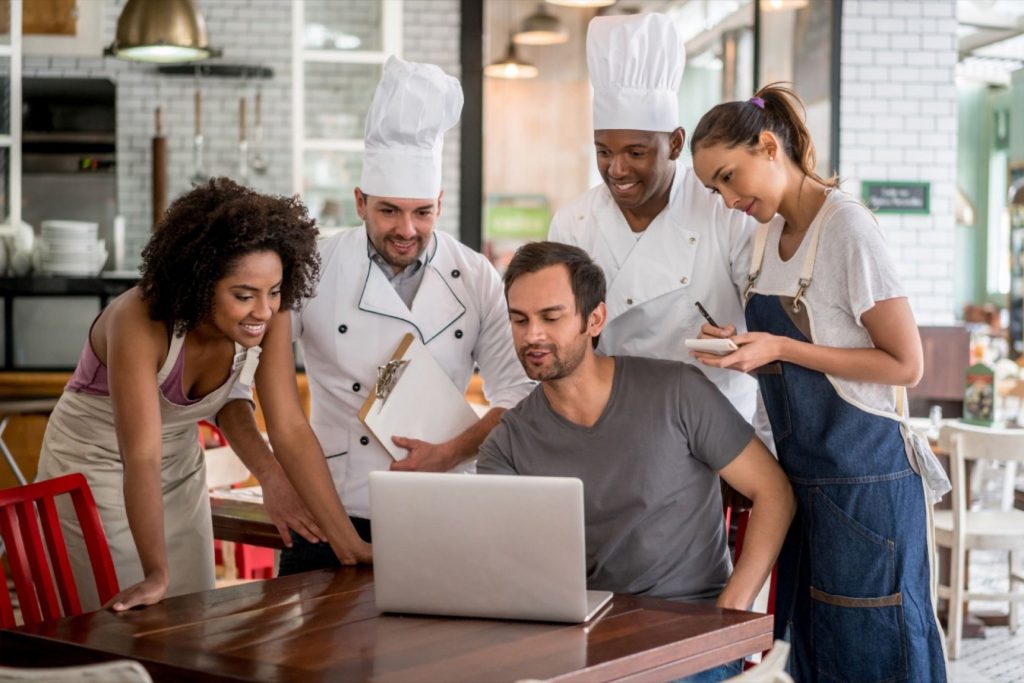
According to research from Cornell University, menu items sell 27% more if they’re given a great menu description. Don’t just list the ingredients; use evocative words that pique the guest’ interest. Keep it brief, and don’t use overly flowery language, but make sure the guests know how much love goes into every plate.
According to a Korean research study, a third of your diners are more likely to order the first item they see on your menu. We suggest you cover your bases: place your star items – your highest-profit items – at the top-left, top-right and center of your menu.
Keep your menu short – And try out having separate menus for lunch and dinner services.
According to George A. Miller, a cognitive psychology expert, most guests may only remember seven pieces of information (plus or minus two) at a given time. When looking at a restaurant’s menu, guests often have too many choices to process.
If you have two different curated menus for your different meal services, it lessens the burden of choice. If its lunchtime, guests will only have to pick from your lunchtime items.
It also allows you to play around with pricing and make some low profit but popular items into stars.
Analyze your menu’s success
A few months after you’ve done your first menu-engineering-fueld total redesign, go back and check how your sales have been impacted. Then, you can do another round of menu analysis and make a few tweaks depending on how each items performed.
Going forward, continue to only test one or two things at a time, so you can keep track of what works and what doesn’t.
Involve your team in the process
An important element in all restaurant’s operation. The staffs. Get them involved in your new menu design. They’re your best assets because they speak to customers every day. Your front-of-house team probably already know which menu items works and which doesn’t. They can help you improve on the redesign and move more items into profit for you.
Menu engineering is an ongoing process that has the potential to boost sales, decrease food waste and improve the profitability of your restaurant. With a system like Bisync, its design philosophy is to help restaurant operators ease the headache in running the operation every day.
Utilising tools like Bisync along with some tweaks on your menu items, you’ll start to see the impact of where items are placed on the menu, how they’re displayed, and how it works in your favour.
Menu Psychology
There’s a science to how restaurant menus should be designed, how prices should be displayed, words to use, and more that improves the likelihood diners will choose certain items.
Let’s review the most well-known menu psychology concepts that may affect your menu design.
-
Currency symbols: Research shows that removing currency signs can help diners think less about pricing and more about the dishes they want. Upscale restaurants often use round numbers instead of ending in .99 or .95, which can seem like the item is less valuable or expensive.
-
Highlight feature foods: Take extra time to highlight these items in boxes, callouts, or with expanded descriptions.
-
Menu colors: Color theory can be applied to restaurants and menus to associate the right emotions with your restaurant’s style or mood. For example, red provokes excitement, passion, and energy, and is commonly used by restaurants, while blue is known to be the least appetizing color.
-
Eye movements: As mentioned above, people tend to look at the middle of a page, next to the top right corner, and then to the top left corner, and is known as the “Golden Triangle”. Place your most profitable items there.
-
Descriptive language: Rather than using hyperbole and cheesy language, use rich descriptions with enticing language to tell your diners about each menu item.
No matter what kind of restaurant or menu you have, you can engineer your menu for maximum return at your own pace, Bisync is designed to work for both individuals as well as teams. You can work through it at your own pace, or do it along with your team members.
Where do you go from here?
It’s been an unprecedented few years for what was already an often gruesome industry to work in.
Restaurant operators and their front- and back-of-house deserve some reprieve from it all. You deserve some time back in the day to spend doing what you love, whether that’s creating new dishes or drinks, launching a new restaurant marketing campaign, or even simply spending a few extra hours away from it all.
Restaurant management may very likely never be a cakewalk, but the right combination of technology can take the edge off, provide automation that eliminates some human error, and unlock a few hours each week that would otherwise be spend doing tedious data input or analysis.
Now is the time for restaurant operation to go digital, using system like Bisync that helps you manage the supply chain to what you design for your diners. Just click on the sign-up button to get yourself a free trial with Bisync. Want to know more? Drop us an email at sales@cubevalue.com for a more personalized assistance.

